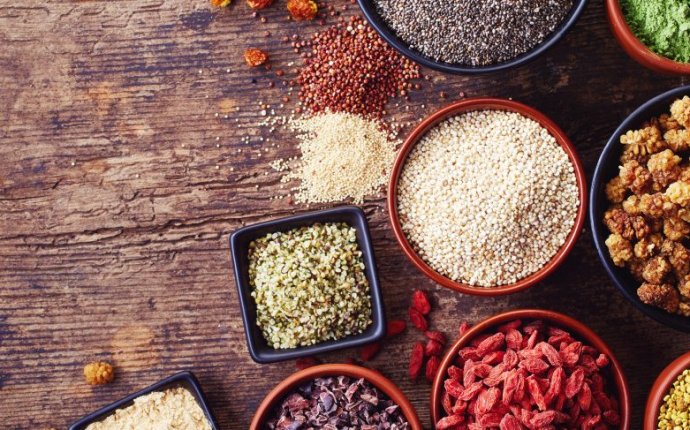
What is Ayurvedic?

Supporting Your Ayurvedic Lifestyle
Ayurvedic dry-brushing, called garshana (pronounced gar-shun-uh), promotes lymphatic cleansing and is a powerful way to support the removal of ama (cellular waste products) from the body. Garshana is traditionally done using raw silk or linen gloves, though many prefer to use a natural bristle body brush. This technique is recommended for people who have signs of ama, which may include fatigue, sluggishness, feeling physical or mental dullness, constipation, and a taxed immune system.
Dry brushing is also an excellent practice for the kapha time of year, the season of spring. During the spring months, snow is melting, water has saturated the earth, and flower pollen is carried on the breeze. This is the time of year when kapha can begin to accumulate in the lymph or the sinuses and create stagnation or respiratory congestion. Dry brushing helps to stimulate kapha in the body and encourage movement and drainage of excess mucus.
 Because garshana is stimulating, people who are predominantly kapha in their constitution will benefit from practicing garshana daily. Those who are predominantly pitta can do this practice 4–5 times per week. And those with more vata would best benefit from doing this practice 2–4 times per week. (To find out which dosha is most predominate for you, take this quiz). If your skin is on the dryer side or you are prone to experience mental anxiety (indications of increased vata), it is important to do abhyanga (Ayurvedic self-massage) with warm oil after dry brushing to lubricate the skin. This helps to bring vata dosha back into balance by calming the nervous system.
Because garshana is stimulating, people who are predominantly kapha in their constitution will benefit from practicing garshana daily. Those who are predominantly pitta can do this practice 4–5 times per week. And those with more vata would best benefit from doing this practice 2–4 times per week. (To find out which dosha is most predominate for you, take this quiz). If your skin is on the dryer side or you are prone to experience mental anxiety (indications of increased vata), it is important to do abhyanga (Ayurvedic self-massage) with warm oil after dry brushing to lubricate the skin. This helps to bring vata dosha back into balance by calming the nervous system.














